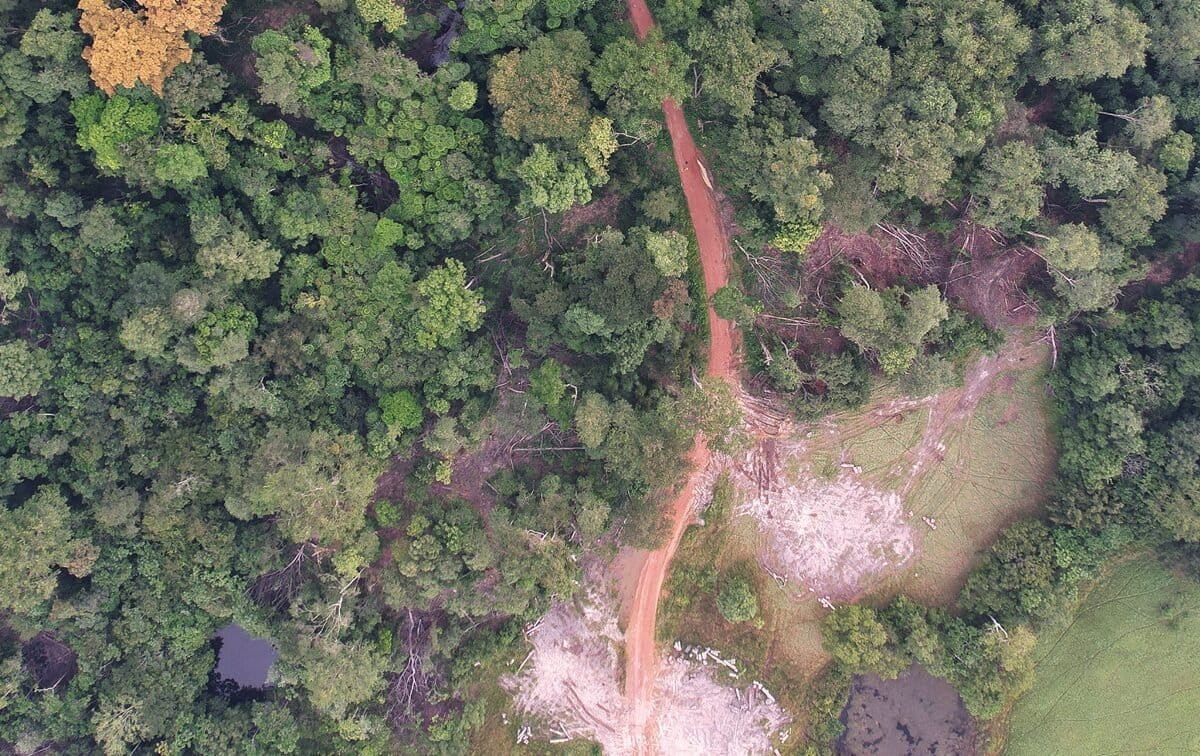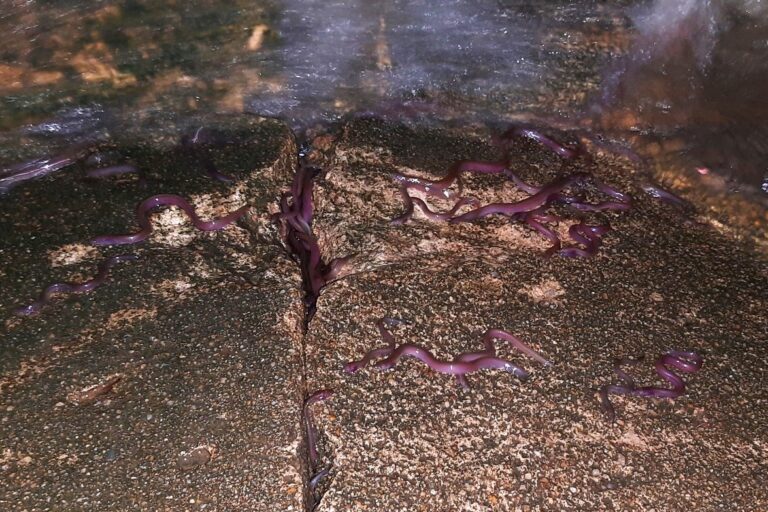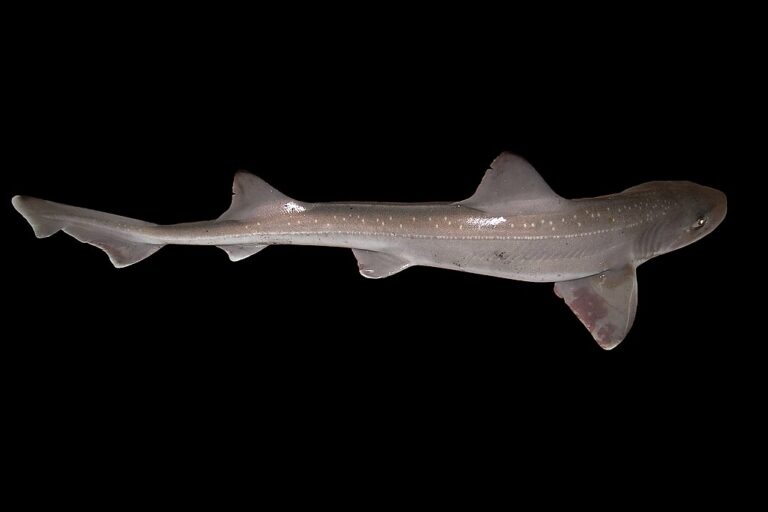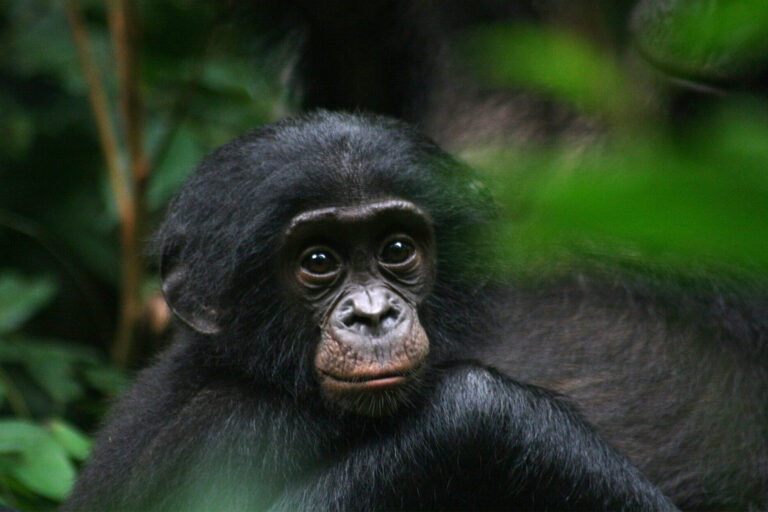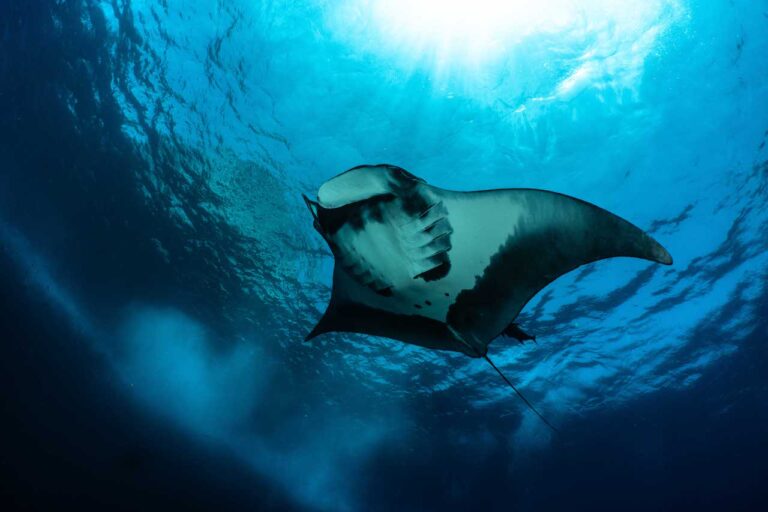- Sri Lanka recently reported a “fish rain,” where fish were found far from water bodies after heavy rains; but rather than falling from the sky, experts say these were amphibious fish that “walked” overland after the rains, making a rare but real phenomenon appear mysterious.
- Events like this highlight the subtle yet vital migrations that many freshwater species undertake — from overland movements by climbing perch and snakeheads, to upstream monsoon breeding runs by small fishes, to the epic sea-to-river-to-sea journeys of eels navigating rocks, dams and reservoirs.
- Such migrations are ecological lifelines, linking wetlands, rivers and coastlines, enriching ecosystems (as with salmon), and ensuring the survival and reproduction of a wide range of freshwater species.
- But in Sri Lanka, a growing network of dams, mini-hydro barriers and irrigation weirs is fragmenting rivers and blocking these ancient routes; despite fish ladders being proposed by dam developers, they’re rarely built, leaving many species unable to complete migrations essential for their survival.
COLOMBO — From time to time, curious tales of “fish rain” grab media attention: fish seemingly fall from the sky, far from any bodies of water, following heavy downpours. The most recent incident occurred in northern Sri Lanka in October, after a thunderstorm, when residents discovered snakehead fish, a freshwater species, scattered across rain-soaked fields.
Similar incidents have also been recorded in Honduras and Australia.
But the fish don’t actually come from the sky. They come from lakes or lagoons, and are sucked up into the air by swirling columns of air known as waterspouts, which create a vortex effect, says Asoka Deepananda, a professor of fisheries biology at the University of Ruhuna. Once airborne, they’re carried overland, eventually dropping as the vortex weakens, he says.
“This can happen especially after heavy rain following a long dry spell, when fish are concentrated in small water holes and can easily be lifted in numbers,” Deepananda tells Mongabay.
He points to one such episode in southern Sri Lanka in 2012, when fish were found on rooftops near his university. “That incident clearly indicated that fish rain can occur. Reports from other countries describe frogs and other aquatic species falling from the sky as well, which are strange, but scientifically known events,” he says.

‘Natural biological behavior’
Not every incident of fish rain can be explained this way, says Rohan Pethiyagoda, a renowned Sri Lankan taxonomist and freshwater fish expert. Author of the book Freshwater Fishes of Sri Lanka, he says Sri Lanka rarely experiences waterspouts strong enough to lift fish.
“What people witness is not always a phenomenon of the sky,” he tells Mongabay. “It can also be a natural biological behavior, where amphibious fish move overland when heavy rains arrive, following their natural instincts.”
Species such as the climbing perch (Anabas testudineus), snakeheads (Channa spp.), walking catfish (Clarias brachysoma) and Asian stinging catfish (Heteropneustes fossilis) are known to “walk” between water bodies when the ground is wet.
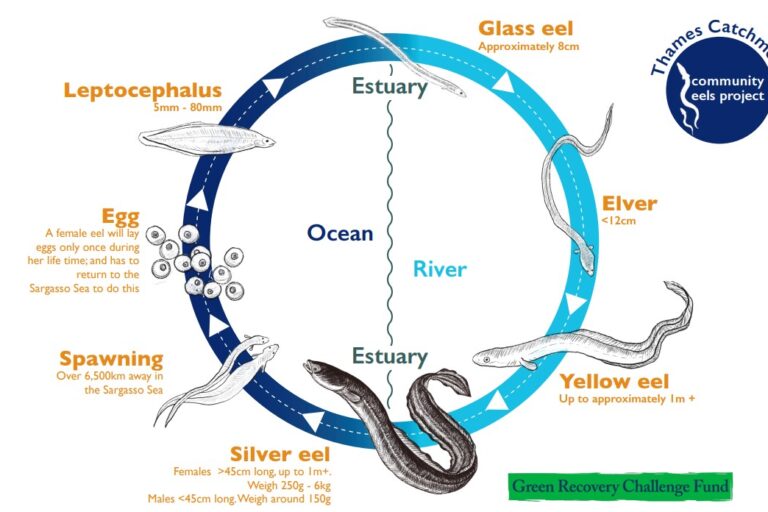
“So when people suddenly see these fish on land, it’s easy to assume they’ve fallen from the sky,” Pethiyagoda says.
In the October incident involving snakeheads, he says, “both explanations are possible, but unless someone actually saw them falling, overland migration seems more likely.”
Because such events are rare, evidence remains anecdotal. “Even smartphone videos don’t show the actual falling of fish, only fish already on the ground,” Pethiyagoda says, adding there’s a need for careful observation.
Ramani Shirantha, principal scientist at the National Aquatic Resources Research and Development Agency (NARA), says several fish species that move across land have evolved remarkable adaptations. The climbing perch, for instance, has an organ within its gills that lets it extract oxygen directly from air. Walking catfish and snakeheads have similar air-breathing mechanisms, enabling them to survive in oxygen-poor or drying waters.
“During heavy rains, when ponds overflow or oxygen levels drop, these fish set out to find new habitats. Their muscular bodies and pectoral fins help them wriggle or ‘walk’ across wet ground, roads and fields,” Shirantha says. “To a casual observer, it can look like fish falling from the heavens.”
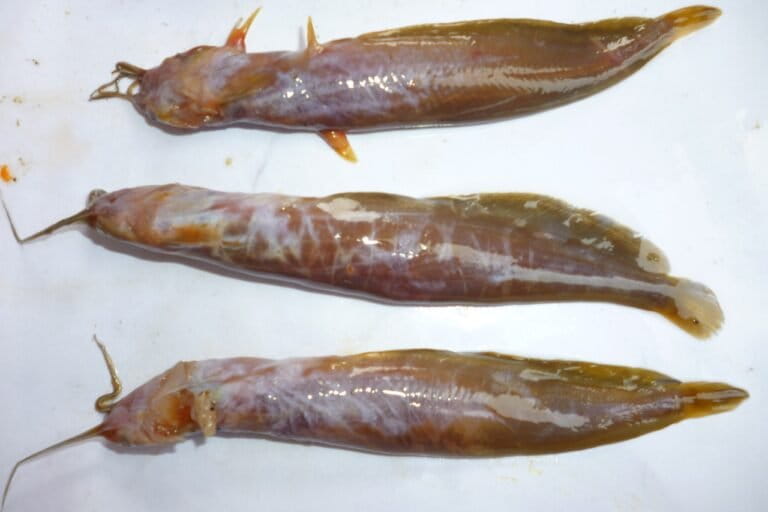
Survival strategy
These overland movements aren’t random wanderings but a survival strategy, Shirantha tells Mongabay. They allow fish to escape drying ponds during droughts, or colonize new pools and flooded rice fields when the rain returns, which are subtle migrations that keep Sri Lanka’s lowland wetlands teeming with life. Other freshwater fish show even more complex migrations. Smaller fish such as those in the genera Devario and Rasbora make short upstream journeys during the monsoon to reach shallow, oxygen-rich waters ideal for breeding, Shirantha says.
Freshwater eels, by contrast, undertake a marathon migration. Born in the sea, they grow in inland rivers and reservoirs before returning to the ocean to spawn. Their transparent larvae, or “glass eels,” drift back with the ocean currents and begin a perilous journey upstream, sometimes climbing wet rocks or moss-covered dam walls to reach inland reservoirs, says Madusanka Mihiran, former lecturer at the University College of Anuradhapura.
In a recently published study, Mihiran observed juvenile shortfin eels known as elvers (Anguilla bicolor bicolor) climbing the walls of reservoirs in Sri Lanka’s North Central province, at least 100 kilometers (60 miles) from the sea. These eels have a thick, slim coat around the body through which they can breathe, allowing them to survive on land, Mihiran says.
Adults can live up to 30 years, and the mature fish then move downstream, returning to the ocean to reach their spawning grounds. Like salmon, they reproduce only once and then die, Mihiran tells Mongabay.
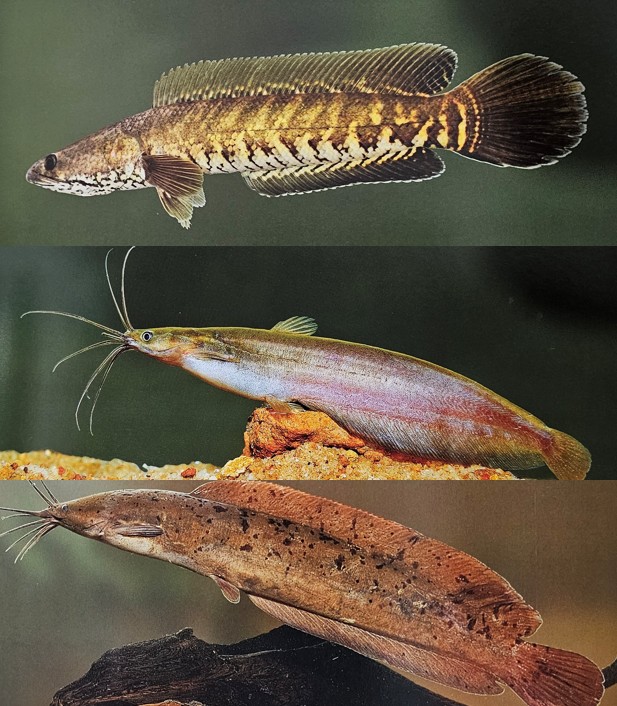
River-ocean connectivity
Around the world, similar migrations occur on a far grander scale. In the Northern Hemisphere, the salmon run remains one of nature’s most iconic spectacles. Each year, millions of salmon leave the ocean and fight their way upstream through rivers and rapids to return to the very streams where they were born. There, they spawn and die, their bodies enriching the ecosystem with nutrients carried from the sea. This dramatic cycle sustains bears, eagles and entire forest food webs.
“Salmon runs perfectly illustrate how fish migrations link land, rivers and oceans, which is a connectivity just as vital for tropical species, even if their journeys are less visible,” Mihiran says.
Madura de Silva, president of the Wildlife Conservation Society of Galle (WCSG), says, “These diverse migratory strategies play a vital ecological role by linking aquatic habitats and sustaining freshwater biodiversity.
“But these ancient movements depend on one crucial factor: the vital need of safer passages for fish to move around freely,” he adds. “However, Sri Lanka’s rapid spread of reservoirs, irrigation weirs and small hydropower dams has increasingly fragmented river systems. Each mini-hydro project may seem minor, but together they create serious barriers for such movements,”
De Silva adds that, “Large dams, with their smooth concrete walls and dry spillways, are virtually impossible for any fish to cross.”
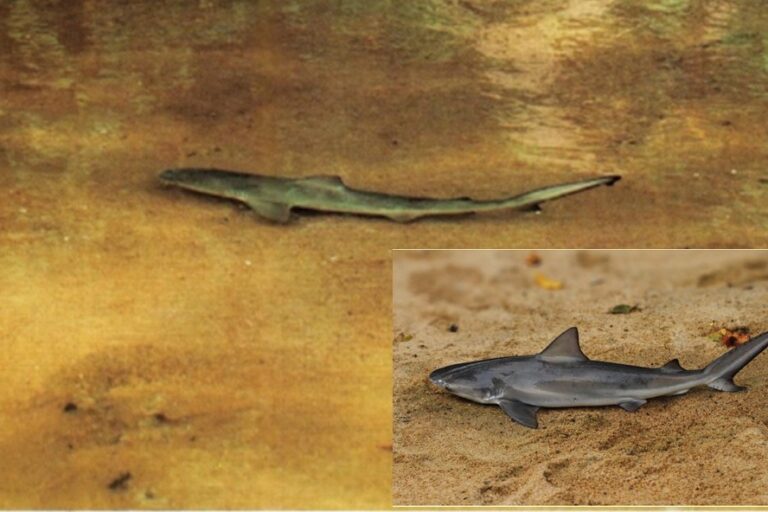
Fish ladders
To address this, many countries have introduced structures known as fish ladders, which help fish bypass barriers and migrate upstream. These range from simple rock ramps to specialized eel ladders with wet, textured surfaces.
For Sri Lanka, where most species aren’t strong jumpers like salmon, gently inclined ramps are a better fit. Every mini-hydro project’s environmental impact assessment proposes building a fish ladder, but this is rarely implemented, De Silva says.
Occasionally, migration also takes stranger turns. During the dry season, when water levels drop and seawater pushes inland, the waters at the mouth of the Menik Ganga River in southern Sri Lanka become brackish, attracting surprise visitors: sharks and rays, which swim several kilometers upstream. These extraordinary encounters, biologists and conservationists say, are a reminder that the boundaries between aquatic worlds are more fluid than they appear, and that preserving these connections is essential for the survival of countless species that depend on them.
Banner Image: These juvenile shortfin eels, known as elvers, climb dam walls to reach inland reservoirs from the ocean, using their bodies to cling to the surfaces. Image courtesy of Madusanka Mihiran.
Citation:
Mihiran, B. D. M., Deepananda, K. H. M. A., & Cumaranatunga, P. R. T. (2025). Morphometric traits and growth dynamics of upstream-migrating Anguilla bicolor bicolor Elvers in North-Central Sri Lanka. Davao Research Journal, 16(3), 17-26. doi:10.59120/drj.v16i3.424



